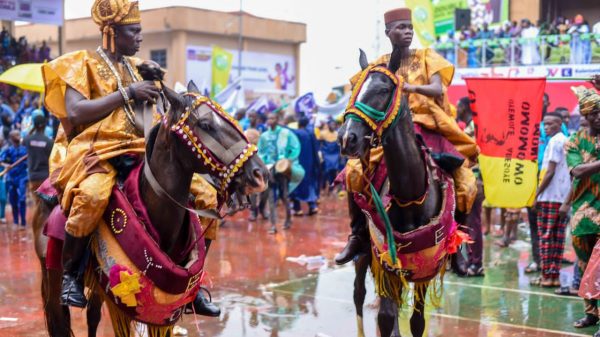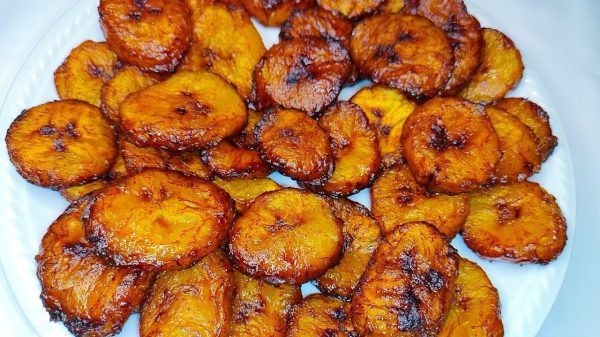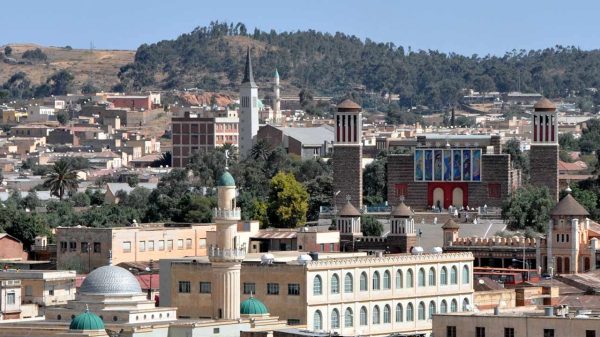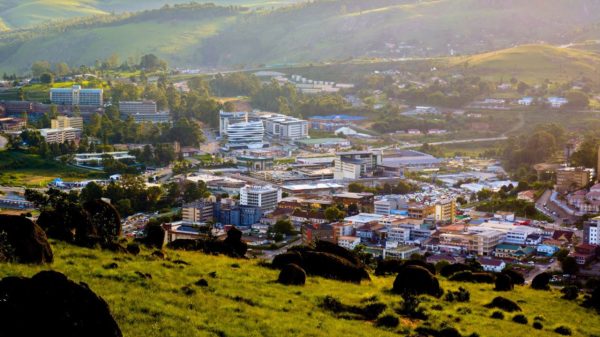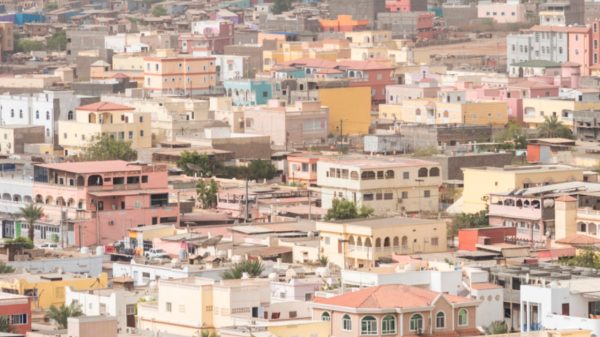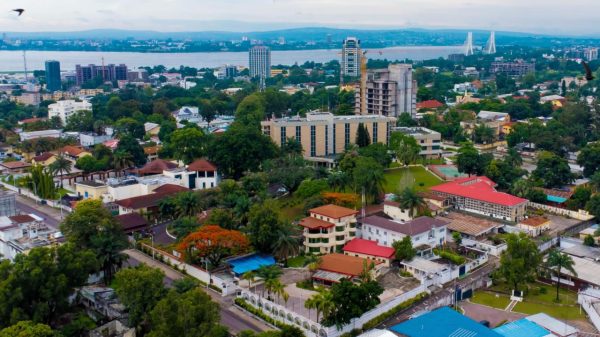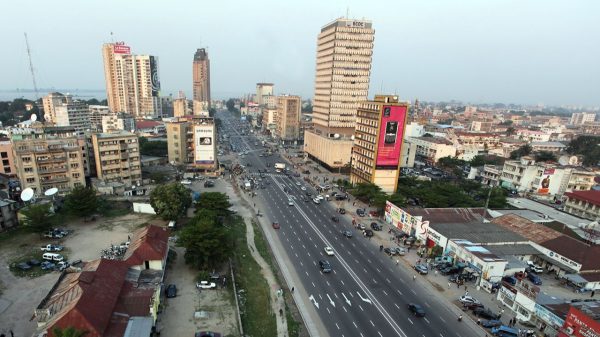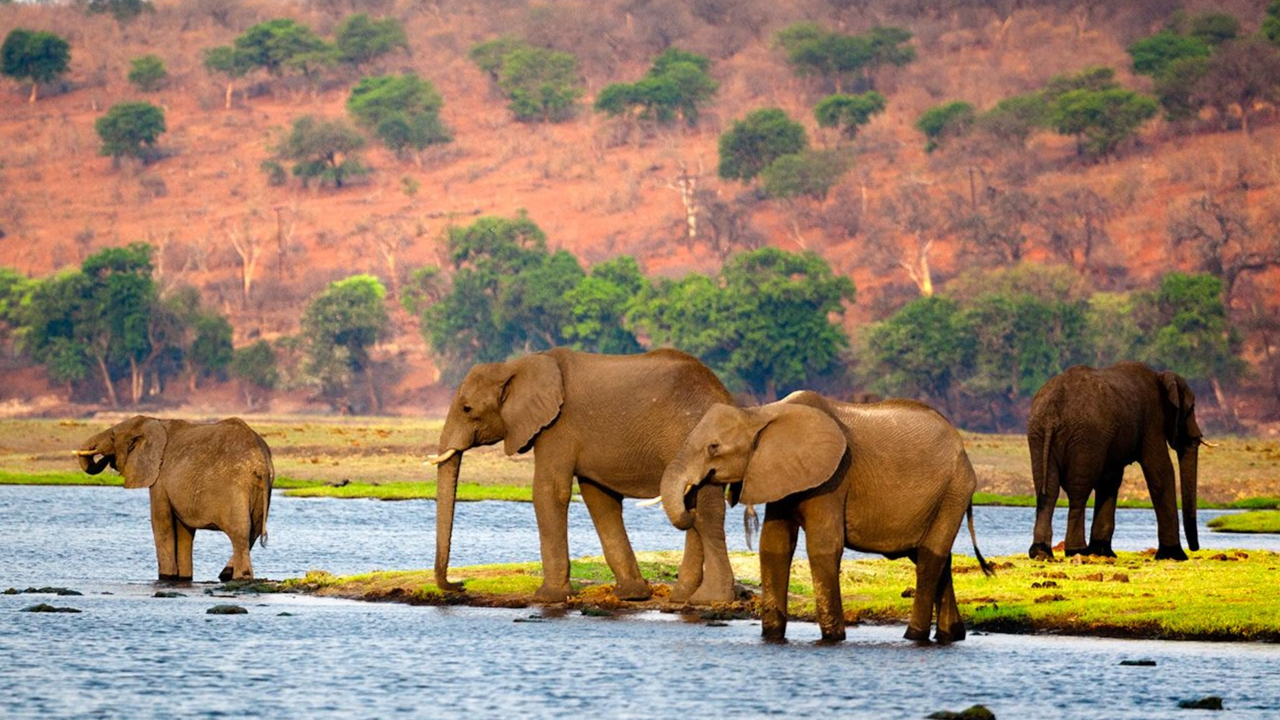Botswana, a landlocked nation in Southern Africa, captivates with its stark beauty and unique ecological treasures.
From the vast, shimmering salt pans of Makgadikgadi to the lush, wildlife-rich Okavango Delta, Botswana presents a diverse tapestry of landscapes. Its commitment to conservation and sustainable tourism has preserved its natural wonders, offering unparalleled safari experiences. Beyond its natural splendor, Botswana boasts a stable democracy and a thriving economy, making it a beacon of progress in the region. Delve into seven amazing facts that reveal the heart of this extraordinary country.
1. Okavango Delta: A Unique Inland Water System
The Okavango Delta is one of the world’s largest inland deltas, covering an area between 6,000 to 15,000 square kilometers. Unlike typical deltas that lead to the sea, the Okavango’s waters dissipate into the Kalahari Desert sands. This UNESCO World Heritage site is renowned for its biodiversity, hosting 33 species of water birds that occur in numbers exceeding 0.5% of their global or regional populations. Additionally, Botswana supports the world’s largest population of elephants, numbering around 130,000, with the Okavango Delta serving as a crucial habitat for their survival.
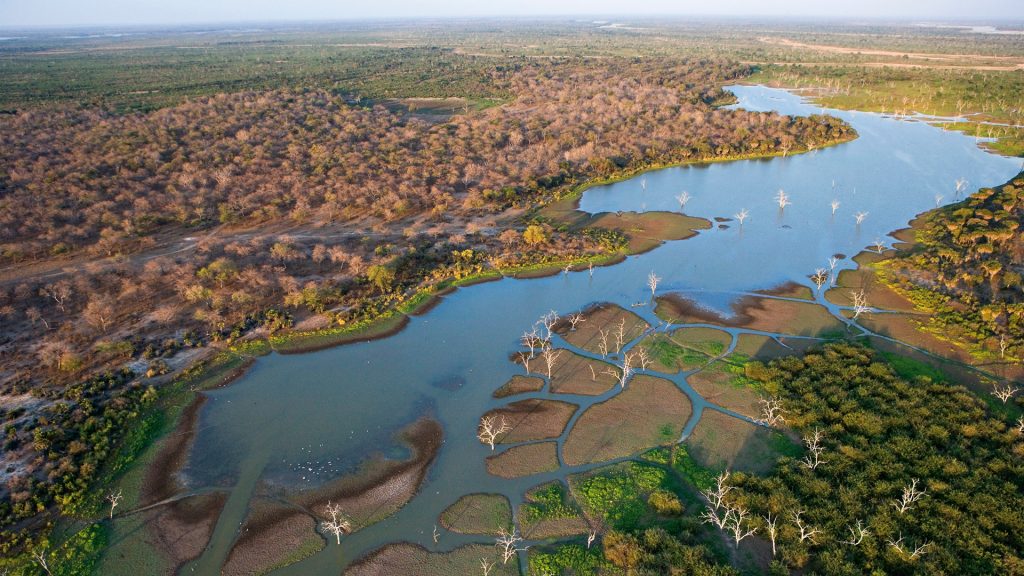
2. Leading Diamond Producer
Botswana is a global leader in diamond production, both in value and volume. In 2023, the country’s diamond production was valued at approximately $3.28 billion, ranking just behind Russia. The Jwaneng mine, located in Botswana, is among the richest diamond mines globally. The diamond industry significantly contributes to Botswana’s economy, accounting for a substantial portion of its GDP and export earnings.
3. Stable and Thriving Democracy
Since gaining independence from Britain in 1966, Botswana has upheld a stable and thriving democracy. The Botswana Democratic Party (BDP) maintained power for nearly six decades until a significant political shift occurred recently. In a landmark election, the opposition party, Umbrella for Democratic Change (UDC), led by Duma Boko, secured victory, marking the end of BDP’s long-standing rule. This peaceful transition underscores Botswana’s commitment to democratic principles.
4. The Vast Kalahari Desert
Covering approximately 900,000 square kilometers, the Kalahari Desert spans much of Botswana, as well as parts of Namibia and South Africa. Despite its arid name, the Kalahari is not a true desert but a semi-arid sandy savannah, receiving between 150 and 600 millimeters of rainfall annually. This environment supports a diverse array of wildlife, including iconic species such as lions, cheetahs, leopards, and various antelopes like springbok and gemsbok. Notably, the Kalahari is home to the black-maned Kalahari lions, renowned for their distinctive dark manes. The desert also harbors unique flora, such as the drought-resistant camelthorn tree, which provides essential sustenance for many animal species. Additionally, the Kalahari is inhabited by the indigenous San people, who have lived there for approximately 20,000 years, adapting ingeniously to the harsh conditions by utilizing local resources for food and water. For example, they extract water from plant roots and store it in ostrich eggshells. The Kalahari’s diverse ecosystems are protected within several reserves, including the Central Kalahari Game Reserve, one of the world’s largest protected areas, and the Kgalagadi Transfrontier Park, which spans the border between South Africa and Botswana.
5. Rich Cultural Heritage
Botswana boasts a rich cultural heritage, with various ethnic groups contributing to its diverse traditions and languages. The Tswana people are the largest ethnic group, and Setswana is the national language. Traditional music, dance, and art play significant roles in societal celebrations and rituals, reflecting the country’s deep-rooted customs and communal values.
6. Commitment to Wildlife Conservation
Botswana is renowned for its dedication to wildlife conservation, allocating approximately 40% of its land to national parks and wildlife reserves. This commitment has made it a premier destination for ecotourism, attracting visitors eager to experience its rich biodiversity, including the Big Five: lions, leopards, rhinoceroses, elephants, and buffaloes. The country’s conservation efforts have been instrumental in maintaining healthy wildlife populations and ecosystems.
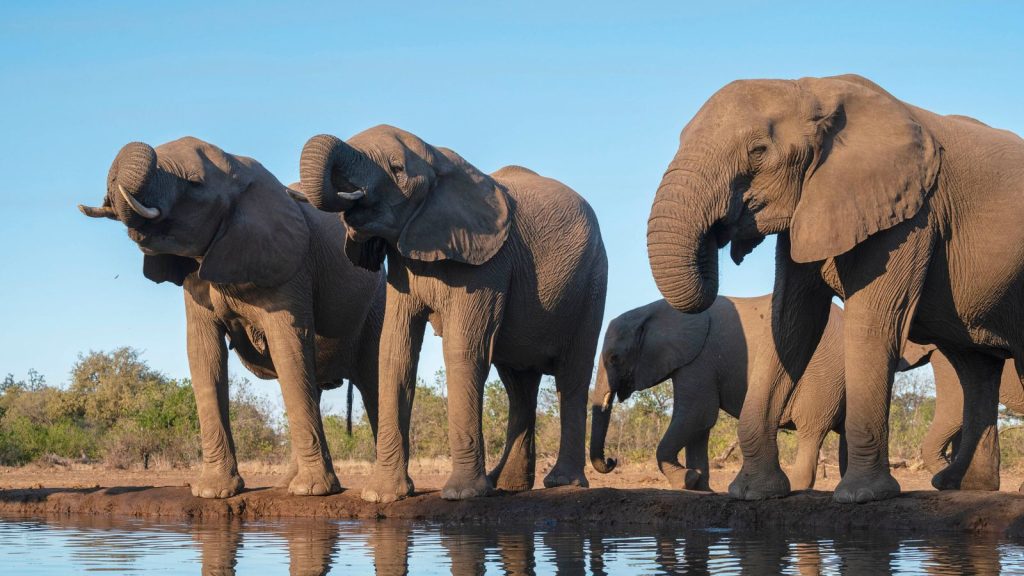
7. Largest Elephant Population in Africa
Botswana is home to the largest elephant population in Africa, with estimates exceeding 131,000 individuals. The 2022 KAZA Elephant Survey reported that Botswana’s elephant population stands at approximately 131,909, representing a significant portion of the total 227,900 elephants within the Kavango Zambezi Transfrontier Conservation Area (KAZA TFCA). This substantial population underscores Botswana’s successful conservation efforts and highlights the country’s pivotal role in preserving this iconic species.
Subscribe to our Newsletter
Stay updated with the latest trends in African Pop Culture!



